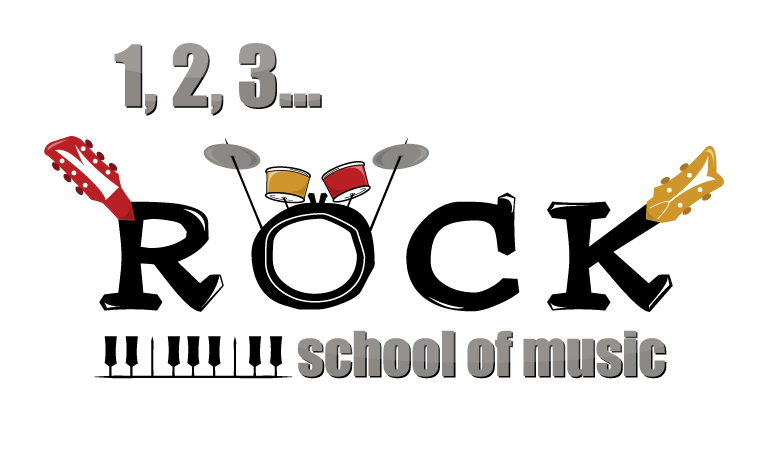Music. It’s a universal language, a vibrant conversation, a deeply personal feeling. But what happens when that language isn’t written down, when the conversation unfolds in real-time, when the feeling is born and blossoms in the very moment it’s expressed? That’s the captivating magic of improvisation. It’s the high-wire act of music, the exhilarating dance on the precipice of the unknown, the art of crafting spontaneous music that resonates with both performer and listener. It’s a skill that elevates technical proficiency to true artistry.
-Friday, March 7
Improvisation isn’t simply “winging it.” While spontaneity is a key ingredient, it’s built upon a solid foundation of deep musical knowledge, rigorously honed skills, and a fearless willingness to embrace the unpredictable. Think of jazz musicians trading solos over a well-loved standard, a classical musician embellishing a simple melody with intricate ornamentation, or a rock guitarist unleashing a torrent of emotion in a soaring, improvised solo. While these performances might seem entirely free-form, they are often guided by underlying structures, harmonic principles, and rhythmic frameworks—a scaffolding that allows for creative exploration within a defined space. So, how do musicians conjure this spontaneous magic? Let’s delve into the intricate art of improvisation:
- Mastery of the Fundamentals: A comprehensive understanding of music theory, including scales, chords, harmony, and rhythm, is absolutely crucial. Improvisers need to know the fundamental building blocks of music inside and out to effectively manipulate, deconstruct, and reshape them in real-time. This deep knowledge provides the rich palette from which they draw their inspiration, allowing them to make informed choices in the moment.
- The Power of Deep Listening: Improvisation is rarely a solo endeavor, even when it appears to be. It’s a dynamic dialogue, a constant exchange of musical ideas. Musicians must listen intently, not only to their own playing but also to the contributions of others, reacting to their musical statements, building upon them, and weaving them into the evolving tapestry of sound. This is especially vital in ensemble improvisation, where the collective sound, the shared musical journey, is paramount.
- Rhythmic Awareness and Dexterity: A strong and flexible sense of rhythm is essential for creating compelling and engaging improvisations. Understanding rhythmic patterns, subdivisions, syncopation, and the interplay between different rhythmic layers allows musicians to play with the groove, create interesting rhythmic variations, and add layers of complexity and excitement to the music. They might play with the beat, against it, or even create entirely new rhythmic structures on the fly, adding a layer of surprise and dynamism.
- Melodic Invention and Storytelling: Improvisers are, in essence, storytellers. They are constantly crafting new melodies, weaving narratives through sound. They might start with a simple motif and develop it into a complex and compelling melodic arc, or they might spontaneously create entirely new melodic lines, responding to the harmonic and rhythmic context of the music. The ability to create memorable and engaging melodies is a hallmark of a truly gifted improviser.
- Embracing the Unexpected and the “Happy Accident”: Mistakes happen. In the structured world of composed music, they are often seen as flaws. But in the realm of improvisation, they can be opportunities in disguise. A “wrong” note, an unexpected rhythmic hiccup, or a momentary lapse in coordination can lead to a new and exciting musical direction, a previously unexplored pathway. The key is to be open to these surprises, to have the creativity and adaptability to incorporate them into the improvisation, transforming the “mistake” into a moment of brilliance. This is where the true artistry and spontaneity of improvisation truly shine.
- The Importance of Practice and Experimentation: Like any skill, improvisation requires dedicated practice. Musicians often spend countless hours honing their improvisational abilities, practicing scales, arpeggios, and different rhythmic patterns, internalizing harmonic progressions, and developing their technical proficiency. They also experiment with different approaches, exploring new musical territories, pushing their creative boundaries, and developing their own unique improvisational voice.
- Finding Your Unique Voice: Ultimately, improvisation is about self-expression. It’s about finding your unique musical voice, the sound that resonates with your individual experience and artistic vision, and sharing it with the world. It’s about communicating emotions, telling stories, and creating a deep and meaningful connection with the listener through the power of spontaneous music.
Improvisation is more than just playing notes; it’s a form of musical storytelling, a dynamic conversation between musicians, a delicate dance between structure and freedom, and a powerful testament to the boundless capacity of human creativity. It’s a journey into the uncharted territories of sound, and the rewards for both performer and listener are often breathtaking, leaving behind a sense of wonder and awe. So, the next time you hear a musician improvising, take a moment to appreciate the skill, the artistry, the courage, and the sheer magic of creating something beautiful, meaningful, and utterly unique out of thin air.


